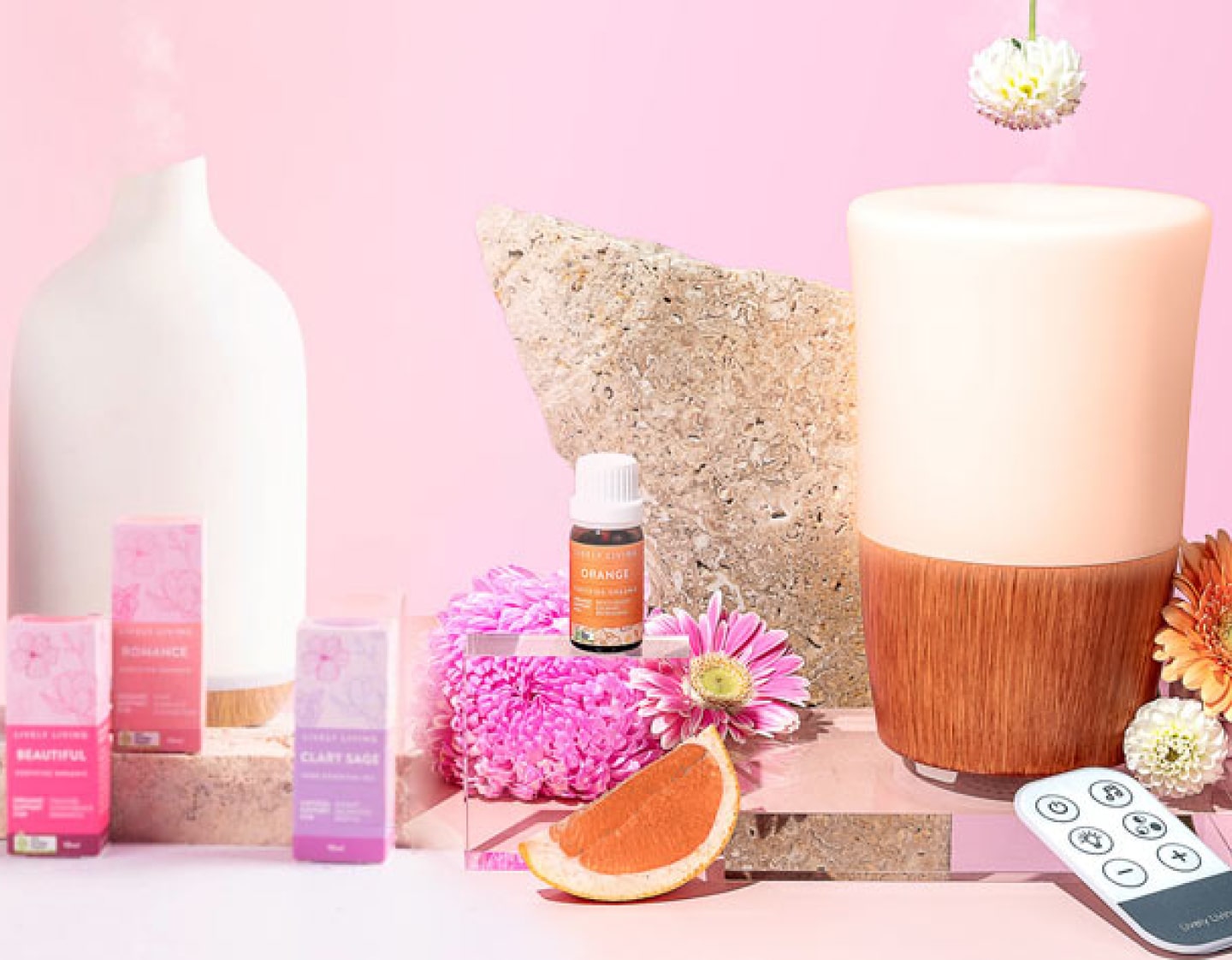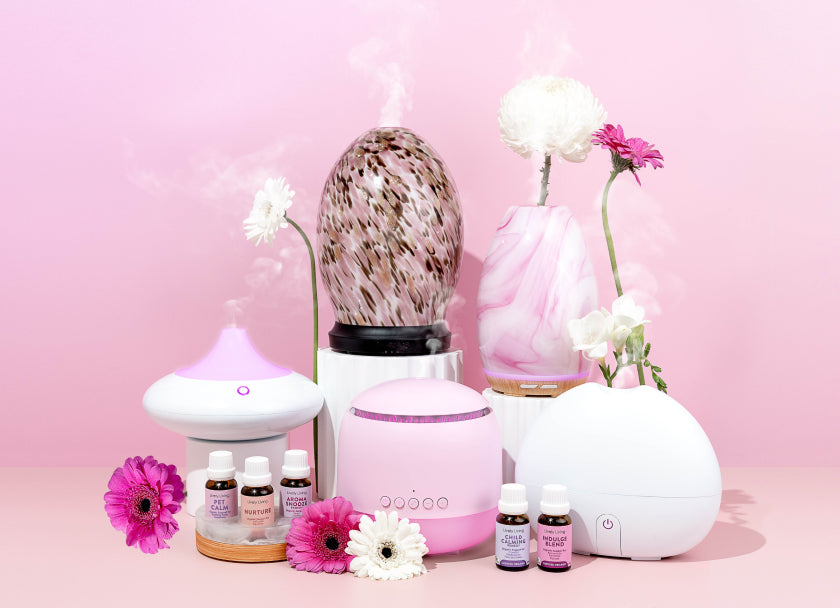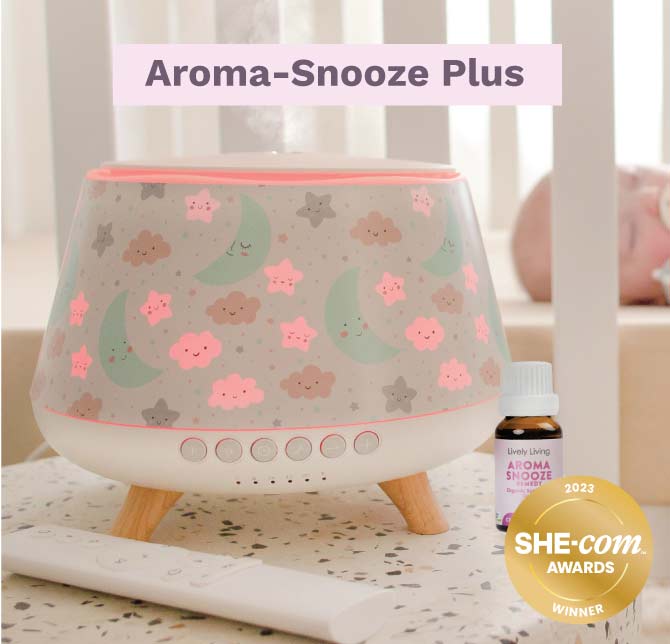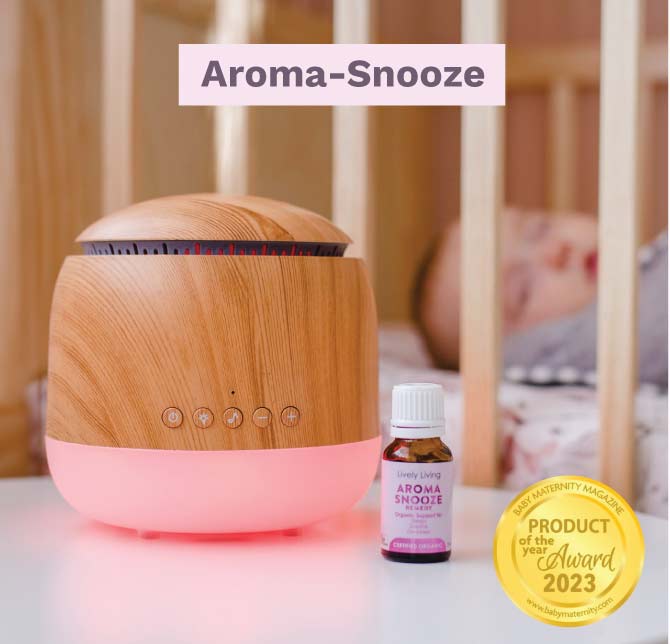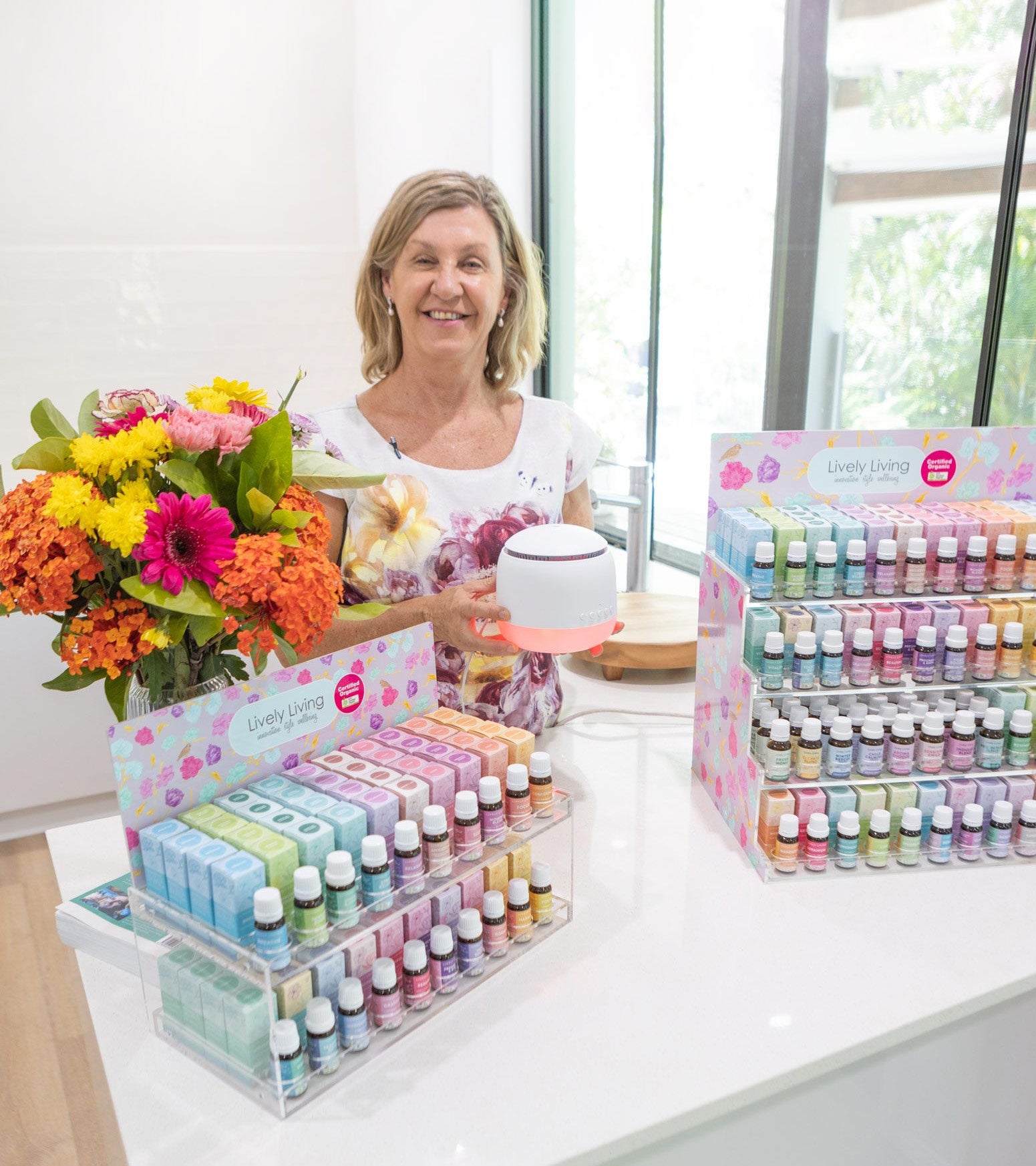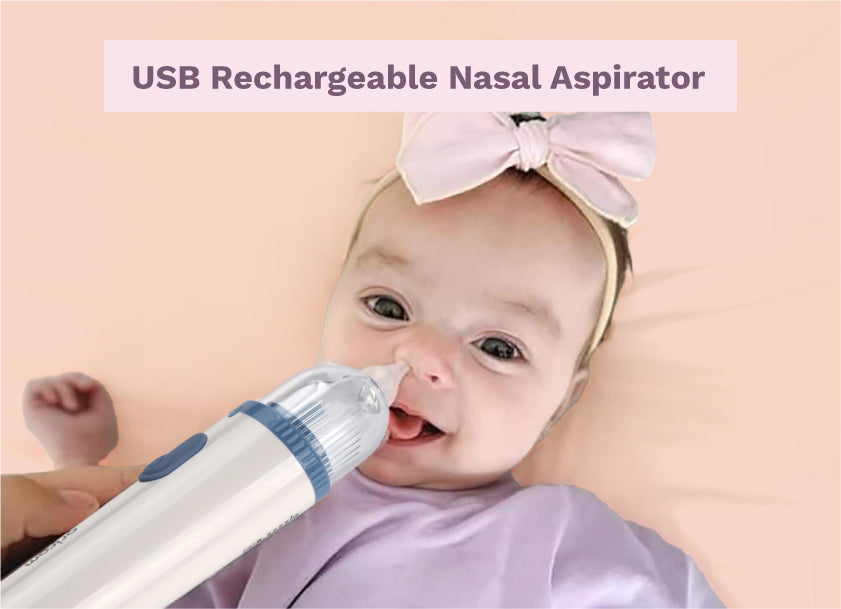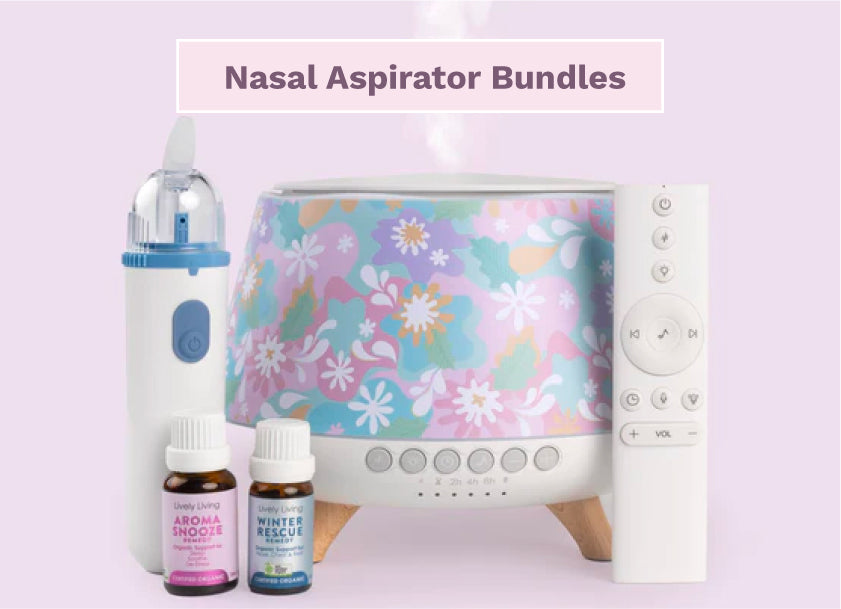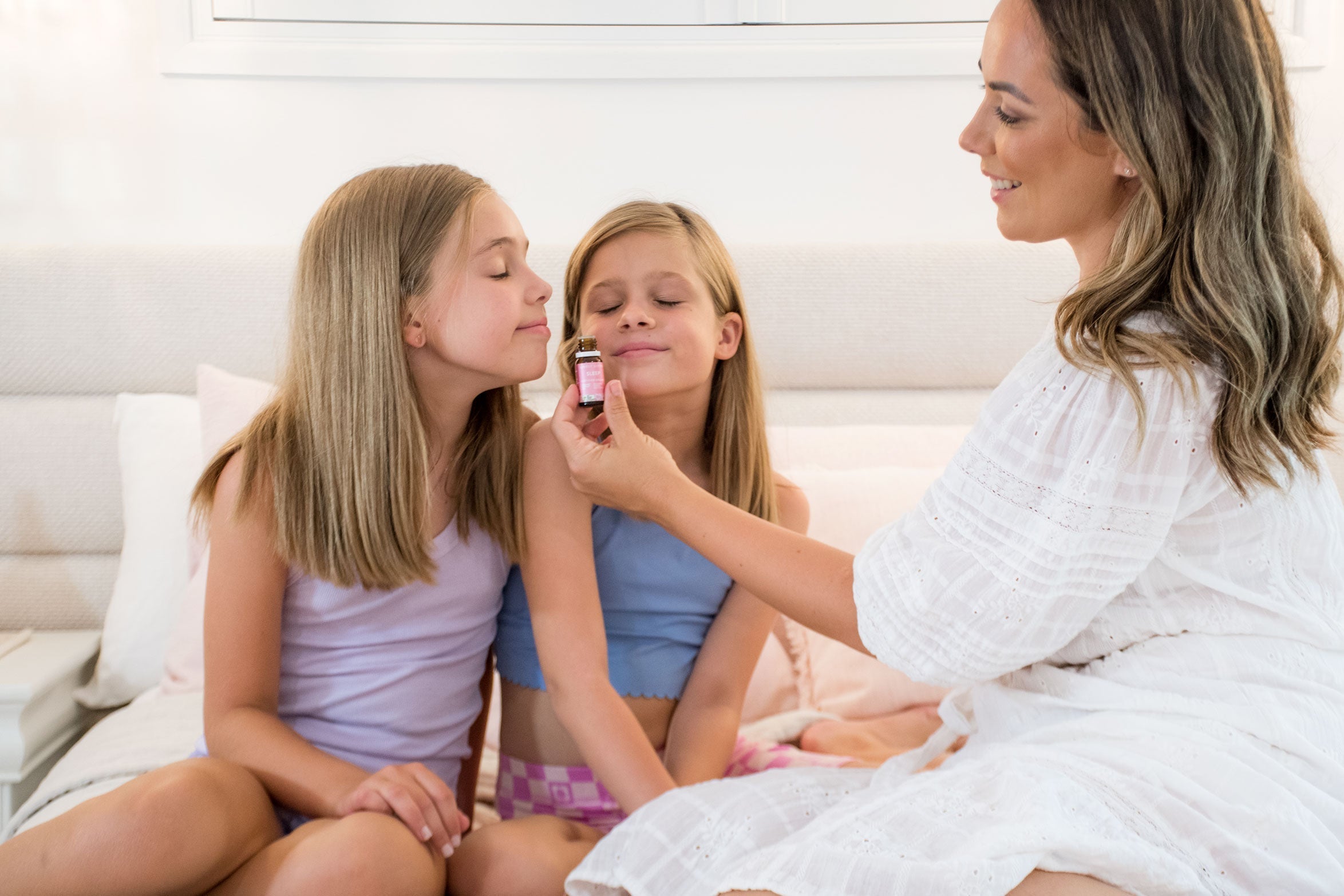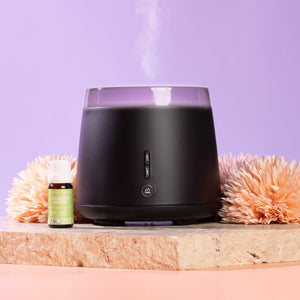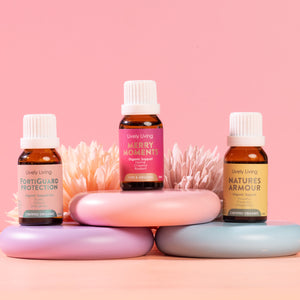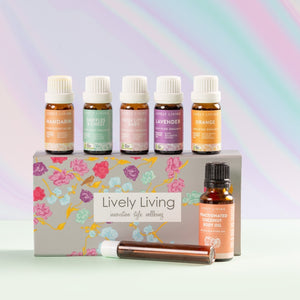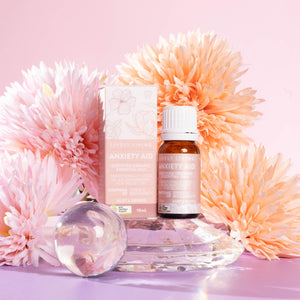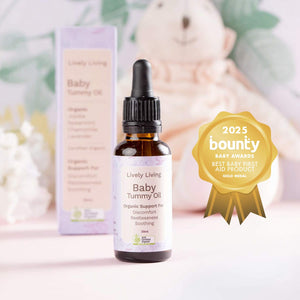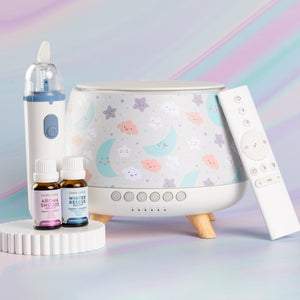Simple Aromatherapy Practices for Kids' Relaxation
It feels like kids today are juggling so much. School pressures, social activities, and the general process of growing up can be substantial. You are likely looking for gentle ways to help them unwind and find a sense of calm. If so, you are in the right place to learn about simple aromatherapy practices for kids' relaxation. These methods use plant-based scents to help soothe little minds and bodies. We want our children to feel peaceful and secure, and finding natural options can be a great step. Many parents explore these simple aromatherapy practices for kids' relaxation with hope.
Table Of Contents:
- Understanding Aromatherapy for Children
- Safety: The Golden Rule with Kids and Essential Oils
- Simple Aromatherapy Practices for Kids' Relaxation: Easy How-Tos
- Choosing the Right Essential Oils for Kids
- Creating Relaxing Routines with Aromatherapy
- Conclusion
Understanding Aromatherapy for Children
What exactly is aromatherapy? Consider it using 'aromas,' or scents from plants, to support well-being. These scents originate from essential oils. Essential oils are potent extracts derived from flowers, leaves, bark, or roots of plants. When children smell these pleasant scents, it can positively influence emotions and help them feel better.
Why does this work so effectively for children? Little ones are highly responsive to their sensory environment. A calming scent can signal their brain that it is time to relax, potentially helping to lower cortisol levels, a common stress hormone. It can help ease worries before bedtime or even provide an uplifting mood boost on a challenging day. It is about creating a soothing atmosphere where children feel comfortable and safe.
The scent molecules from essential oils, when inhaled, travel directly to the limbic system in the brain. This area is involved in emotions, memory, and behavior. This direct pathway is why inhaling essential oils can have such a quick and noticeable impact on how a child feels, aiding in emotional regulation. While there are many benefits adults experience from essential oils, it is important to remember that children's systems are more delicate and require a different approach.
Safety: The Golden Rule with Kids and Essential Oils
Before you begin any aromatherapy practices, discussing safety measures is crucial. This aspect is incredibly important for your child's well-being. Think of it as child-proofing your home, but specifically for scents and topical applications.
A child's age significantly influences essential oil use; understanding the age essential oil correlation is vital. For babies under three months, it is best to avoid essential oils altogether as their skin is incredibly delicate and their respiratory systems are still developing. For toddlers and young children under two years, extreme caution is necessary; use only very gentle oils and always ensure the oil diluted is at a very high ratio. For children younger than six, certain oils should still be avoided, and dilution remains paramount.
Dilution is your most important tool when using essential oils on a child's skin. Never apply undiluted essential oils directly. This can cause irritation, sensitization, or adverse reactions. You must use a carrier oil, such as fractionated coconut oil, jojoba oil, sweet almond oil, or even olive oil, to dilute the essential oil. A general rule for young children is a very low dilution, often around 0.25% to 0.5% (1-2 drops essential oil per tablespoon of carrier oil). Older children might tolerate up to 1%, but always start low. Always consult reputable safety guidelines for specific age essential oil recommendations.
Always perform a patch test before a new diluted oil blend is used more extensively. Apply a tiny amount of the diluted essential oil blend to a small patch of your child's skin, like the inner arm. Wait for 24 hours to observe if any redness, itching, or irritation appears. If there is any reaction, do not use that particular essential oil or oil blend.
Some essential oils are not suitable for children at all. Oils like peppermint (high in menthol) and eucalyptus (high in 1,8-cineole) can cause breathing problems in very young children if diffused or applied near their face. Oils like wintergreen or birch, which are high in methyl salicylate, should generally be avoided for children. Always research an essential oil thoroughly, checking safety data from reliable sources before considering it for your child. Certain citrus oils can be phototoxic, meaning they can cause skin reactions if applied topically before sun exposure, so opt for FCF (furanocoumarin-free) versions if using topically, or restrict use to diffusion.
Store your essential oils as you would medicines. Keep them tightly capped and high up, out of reach of curious little hands and mouths. Most oils also prefer cool, dark places to maintain their freshness and efficacy.
Essential oils should never be taken internally by children. This means they should not eat or drink them, even if an oil is labeled 'food grade.' Their bodies cannot process these concentrated substances safely when ingested. Stick to inhaling essential oils or using them very well diluted on the skin.
Watch for any reactions when you introduce an essential oil. Even with safe essential oils and proper dilution, some children might be sensitive. Look for skin rashes, headaches, changes in breathing, or behavioral changes. If you observe anything unusual, stop using the oil immediately and consult with your pediatrician or a qualified aromatherapist. It is always a good idea to discuss using essential oils with a healthcare professional if your child has any pre-existing health conditions, like asthma or allergies.
Simple Aromatherapy Practices for Kids' Relaxation: Easy How-Tos
Now for the enjoyable part. Let's explore some easy ways to use aromatherapy. These methods are gentle and can create lovely, calm moments for your child. Remember to keep safety guidelines at the forefront of your mind with these practices for safely essential oil use.
Calming Diffusion
Diffusion is one of the most popular and generally safest ways to use essential oils with children. An oil diffuser disperses tiny essential oil particles into the air. This allows your child to inhale the gentle aroma, helping to create a relaxing atmosphere that can assist a child stay calm.
Choose a kid-friendly oil diffuser. Ultrasonic diffusers, which use water and vibrations, are a good choice as they do not involve heat. Look for one with an automatic shut-off feature for an added safety measure. Place the oil diffuser in a safe spot where it cannot be easily knocked over, away from direct reach of the child. Ensure the room is well-ventilated by keeping a door slightly ajar, and never diffuse in a small, enclosed space with a child.
What are the best calming essential oils for diffusion? Lavender essential oil is a classic choice for relaxation. Roman chamomile is also very gentle and soothing, perfect for a relaxing oil experience. Mandarin or sweet orange can be both uplifting and calming. For kids, use only 1-3 drops essential oil in the diffuser, depending on the room size and the age of the child. Do not diffuse continuously for hours; 30 to 60 minutes at a time is usually plenty, especially before naps or bedtime. This practice of inhaling essential oils can be paired with teaching children deep breathing exercises.
When should you diffuse? Bedtime is an ideal time. Start the diffuser about 30 minutes before they get into bed. This can help signal their body that it is time to wind down. Quiet playtime, story time, or even during homework for older children to promote focus are also good moments for gentle diffusion.

Aromatherapy Sprays for Rooms and Linens
You can easily make your own calming room sprays or a lovely pillow spray. These are great for misting a room or lightly spraying bed linens. It is a very gentle way to introduce scent and promote relaxation.
Here is a simple DIY recipe for a calming spray. Get a small spray bottle (glass is preferable as essential oils can degrade plastic over time). Fill it almost full with distilled water. To help the oil and water mix, add about 1/2 teaspoon of witch hazel or a high-proof alcohol like vodka; alternatively, use a solubilizer like Polysorbate 20 according to product directions if you prefer a more stable emulsion. Then, add just 3-5 total drops of kid-safe essential oil (e.g., lavender essential or chamomile). Shake the bottle well before each use, especially if not using a solubilizer.
How do you use it safely? Mist it lightly into the air, directing the spray away from your child's face. If making a pillow spray or spraying linens, do it about an hour before they get into bed. This allows the scent to settle and any alcohol to evaporate. Do not saturate the fabric; a little goes a long way to make children feel comfortable.
Gentle Massage with Scented Oils
A gentle massage can be wonderfully relaxing for children. Adding a lightly scented oil can enhance the experience, making it one of the most comforting topical applications. This is also a fantastic way to bond with your child and help them feel safe.
Choose your essential oils and dilution very carefully for massage; remember the very low dilution ratio. For young children, stick to 1 drop of a gentle essential oil like lavender or Roman chamomile in a tablespoon of carrier oil (like jojoba, grapeseed, or fractionated coconut oil). For older children, you might use 2 drops. Always ensure the oil diluted is appropriate for their age and skin sensitivity. Applying this diluted oil blend to pulse points can provide a subtle, continuous aroma.
Simple massage strokes work best. You do not need to be a professional. Gentle rubbing on their feet, a soft back rub, or stroking their arms and legs can be very soothing. Talk to them softly during the massage, making it a special, quiet time together. This loving touch combined with a calming aroma creates a powerful sense of security, which can significantly help them relax and reduce anxiety.
Scented Playdough or Calming Jars
Aromatherapy can even be part of playtime. Adding a hint of scent to playdough can make it a calming sensory experience. It engages their sense of smell while they squish, roll, and create, aiding in emotional regulation.
To make aromatherapy playdough, use your favorite homemade playdough recipe. Once the playdough is made and slightly cooled (if cooked), add just one or two drops of a gentle essential oil like lavender or sweet orange. Knead it in thoroughly to ensure the oil is evenly distributed before giving it to your child. Store the scented playdough in an airtight container to maintain its aroma and texture.
Another idea is a calming glitter jar. Fill a clear jar with water, a good amount of glitter, and perhaps a drop of food coloring. Add one drop of a calming essential oil to the mixture. Seal the jar tightly. Watching the glitter slowly swirl and settle can be mesmerizing for children, and the subtle scent adds another layer of calm, helping a child develop self-soothing skills.
Bath Time Aromatics
Bath time is naturally relaxing for many children. Adding a bit of aromatherapy can make it even more so. However, caution is paramount here because oil and water do not mix. Dropping essential oils directly into bathwater means they can float on top, undiluted, and come into direct contact with sensitive child's skin, potentially causing irritation.
To add essential oils safely to a bath, you must mix them with a dispersant first. You can mix 1-2 drops essential oil (like lavender or chamomile) with a tablespoon of a carrier oil (such as almond or jojoba oil). Alternatively, mix the essential oil drops with a fragrance-free liquid soap, bath gel, or even a small amount of full-fat milk. Add this mixture to the running bath water and swish it around well to disperse it. Always supervise children closely during bath time. This method of using relaxing essential oils can transform bath time into a truly tranquil experience.
Aromatherapy Roller Balls and Personal Inhalers
For convenient and targeted aromatherapy, especially for older children, consider oil roller balls and personal inhalers. These methods allow for easy topical application or direct inhalation. They are great natural options for on-the-go calming.
An oil roller ball is simple to make. You will need a 10ml roller bottle, your chosen kid-safe essential oils, and a carrier oil. For a calming oil roller blend for children over 6, you might add 1-2 drops of lavender essential oil and 1 drop of frankincense to the roller bottle, then fill the rest with fractionated coconut oil or jojoba oil. Secure the roller ball top and cap tightly. Label it clearly. This oil roller can be applied by an adult or older child to pulse points like wrists, temples (away from eyes), or behind the ears. It's a discreet way to carry a calming scent.
A personal inhaler is another excellent tool. These consist of a small plastic tube with a cotton wick inside. You simply add a few drops essential oil (e.g., 3-5 drops total of mandarin and chamomile) onto the cotton wick, insert it into the inhaler, and seal it. The child can then open the personal inhaler and take a few deep breaths of the aroma whenever they need a moment of calm, such as before a school presentation or during a moment of frustration. Inhaling essential oil this way is private and concentrated without diffusing into the whole room, making it useful for teaching children to manage difficult situations.
Choosing the Right Essential Oils for Kids
Not all essential oils are created equal, especially when it comes to use with children. Some are powerhouses best left for adults, while others are gentle giants perfect for little ones. Knowing which safe essential oils to choose is vital for positive effects.
Let's spotlight some recommended essential oils known for being kid-safe and calming.
- Lavender (Lavandula angustifolia): Often called the Swiss Army knife of oils, lavender essential oil is well-known for its calming, soothing properties, promoting relaxation and sleep.
- Roman Chamomile (Chamaemelum nobile): Wonderfully gentle and soothing, excellent for cranky or restless children, and helps children feel safe.
- German Chamomile (Matricaria recutita): Also good for calming, though it has a stronger, more herbaceous scent and a deep blue color.
- Mandarin (Citrus reticulata) & Tangerine (Citrus tangerina): Sweet, cheerful citrus oils that can be calming and uplifting. Generally considered safe for children and good for an uplifting mood.
- Sweet Orange (Citrus sinensis): Similar to mandarin, it is bright and happy but can also promote relaxation. Use Bergamot (Citrus bergamia) with caution topically due to phototoxicity, unless it's an FCF (furanocoumarin-free) variety.
- Frankincense (e.g., Boswellia carterii, Boswellia sacra): Can be grounding and calming when diffused, often used to promote a peaceful atmosphere.
- Dill (Anethum graveolens): A less common choice, but can be helpful for settling tummies and minds, used in very low dilution.
- Cedarwood (e.g., Cedrus atlantica): Has a woody, grounding scent that can be very calming.
- Vetiver (Vetiveria zizanioides): Deeply grounding and relaxing, often used for older children who have trouble settling or focusing. It has a very thick consistency.
- Sandalwood (e.g., Santalum album or Australian Sandalwood Santalum spicatum): Known for its calming and grounding properties, but ensure sustainable sourcing.
Below is a table summarizing some recommended essential oils:
| Essential Oil | Primary Benefit for Kids | Common Uses | Age Considerations (General) |
|---|---|---|---|
| Lavender (Lavandula angustifolia) | Calming, promotes sleep, soothing | Diffusion, massage, sprays, baths | Generally safe for 3 months+ (highly diluted) |
| Roman Chamomile (Chamaemelum nobile) | Very gentle, soothing, calming for irritability | Diffusion, massage, baths | Generally safe for 3 months+ (highly diluted) |
| Sweet Orange (Citrus sinensis) | Uplifting mood, calming, cheerful | Diffusion, sprays | Generally safe for 3 months+ (highly diluted); FCF if topical |
| Mandarin (Citrus reticulata) | Gentle calming, uplifting, good for restlessness | Diffusion, sprays, massage | Generally safe for 3 months+ (highly diluted); FCF if topical |
| Frankincense (Boswellia carterii) | Grounding, calming, supports respiration | Diffusion, diluted topical application for older children | Better for children 2 years+ |
| Cedarwood (Cedrus atlantica) | Grounding, calming, promotes peaceful sleep | Diffusion, diluted topical application for older children | Better for children 3 months+ |
How do you find quality oils? This is a common and important question. Look for oils that are certified organic like Lively Living range. That are 100% pure essential oil, not diluted with synthetic fragrances or other additives. The label should clearly state the botanical name of the plant (e.g., Lavandula angustifolia instead of just 'lavender oil'). Avoid oils that say 'fragrance oil' or 'perfume oil,' as these are often synthetic and do not offer therapeutic benefits, and could even cause adverse reactions.
Creating effective blends, or oils blends, for children involves using fewer drops essential oil than for adults. Simple essential oil blends, like lavender and orange , are often very effective.
Creating Relaxing Routines with Aromatherapy
Consistency helps children feel secure and understand cues for relaxation. Integrating these simple aromatherapy practices for kids' relaxation into daily or weekly routines can be highly beneficial. It signals to their bodies and minds that it is time for calm, helping to lower levels of the stress hormone cortisol.
The bedtime routine is a prime candidate for aromatherapy. An hour before bed, you could dim the lights and start an oil diffuser with a relaxing essential oil like Lively Livign Arom Snooze Or Child Calming Blends, lavender or a grounding essential oil blend. A short, scented massage after their bath, using an oil diluted appropriately, could become a cherished ritual that helps children feel safe. Reading a story in a room with a gentle, calming aroma from a diffuser or room spray sets the stage for peaceful sleep.
Quiet time during the day offers another opportunity. If your child has a calm-down corner, a soft linen spray or a personal inhaler with a favorite calming scent can enhance it. Diffusing a gentle oil during quiet reading or puzzle time can help them focus and relax. It is about associating these scents with peace and teaching children healthy coping mechanisms. Pairing aromatherapy with deep breathing exercises or guided meditations can amplify the positive effects, especially for older children working on staying calm during difficult situations.
Aromatherapy might even help with everyday anxieties. For older children, an oil roller ball with a diluted calming blend applied to pulse points before school could offer comfort. This might be for school nerves or worries about being away from you. These practices contribute positively to their mental health and overall well-being, helping them learn to influence emotions in a healthy way.
Involve your child in choosing scents if they are old enough (typically around 5-6 years and older). Let them smell a couple of safe, diluted options on a cotton ball. Ask which one makes them feel happy, calm, or sleepy. When they have a say, they are more likely to connect positively with the experience. This empowers them and helps them child develop an understanding of what helps them feel comfortable.
Conclusion
Using simple aromatherapy practices for kids' relaxation can be a wonderful and supportive tool. It offers natural options to help your child find calm, peace, and better emotional regulation. Remember that safety measures, proper dilution, choosing child-appropriate recommended essential oils, and understanding the age essential oil suitability are the most important factors. By introducing these gentle scents thoughtfully, you can create soothing rituals and effective blends that support your child's well-being.

